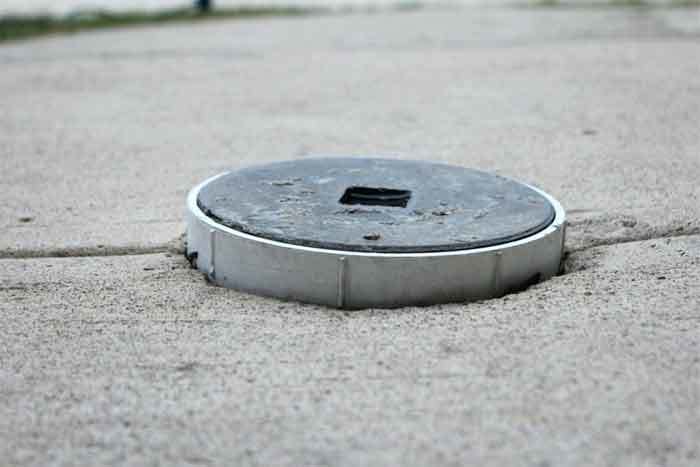In most of the homes, drain pipes lead to the basement’s floor drain. Over time a buildup of detergents, chemical cleaners, hair, and other foreign objects causes a blockage. And if you don’t fix minor floor drain blockage the problem will most likely worsen and cause flooded basements.
So, if you’ve noticed a clog in your basement floor drain, sit back and learn how to fix it instead of calling a plumber.
Determine The Reason

Before you even begin looking for solutions, determine the cause and location of the blockage. Because more often than not, clogged drains can be cleared with baking powder and vinegar solution. But if you’ve tried this quick fix, there must be serious underlying issues.
Several things clog a basement floor drain such as tree roots, hair, toilet paper, sanitary napkins, grease, chemical cleaners, and other objectionable objects. Locating the area of blockage can be tricky but necessary to successfully unclog the drain.
Get Drain-Cleaning Tools
After finding the location of the basement clog and its cause, find out the tools you will need to get the job done. You can either purchase, borrow, or rent drain-cleaning tools. We suggest you rent or borrow because buying tools that won’t be used regularly can be heavy on your wallet.
Furthermore, describe your problem and drain size to an expert or the rental agent to get appropriate sized tools. Also, don’t forget to inquire about safety instructions and read the manual thoroughly before you begin unclogging.
Clean The Trap
Now that you’ve gathered all the tools to fix the clog, the first step is to clean out the drain trap. A drain trap is a component of a drain that’s designed to do what it’s called: trap. It traps water, other liquids, and gas to prevent the infiltration of sewer gas in your house.

Before you clean the trap, it’s advised to pour hot water down the drain to push down unnecessary debris. Use a plunger or a drain vacuum to eliminate the dirt and other sediments that may clog the floor drain.
Clean The Cleanout Plug
Some traps have a separate cleanout plug and it also must be inspected when fixing a clog. To do so, you must remove the cleanout plug with a wrench or a chisel. Once you’ve unscrewed the cleanout plug, insert an auger or a drain snake down the pipe.
As your auger or drain snake touches the clog, you’ll feel resistance. Give it a few tugs to ensure the clog is attached to your tool. Now, power up your auger or snake to break down the clog in smaller pieces. Or, you can simply pull out chunks of clog if you can.
Repeat this process until the drain is clog-free and there’s no resistance inside the plug when you insert the drain snake or auger. After fixing the clogged floor drain, pour hot water down the drain to wash away any leftover sediments and dirt. Just make sure to have a bucket nearby to dispose of the waste materials and to collect water flowing from the trap.
Close Or Replace The Cleanout Plug
After unclogging and cleaning the cleanout plug, your water should flow like it’s supposed to. Before you close the cleanout plug, it’s recommended that you wrap Teflon tape around it.

By doing so, next time you won’t struggle as much before opening the plug. After you’ve screwed the plug back, pour another bucket of water to ensure the drain is functioning properly. However, if you notice any leaks or corrosion around the cleanout plug, it’s best to get a replacement to avoid further problems.
With the above solutions, you’ll fix a clogged drain in no time. In addition to that, be careful to not dispose of unwanted objects in the drain while minimizing the use of harsh chemical cleaners.






